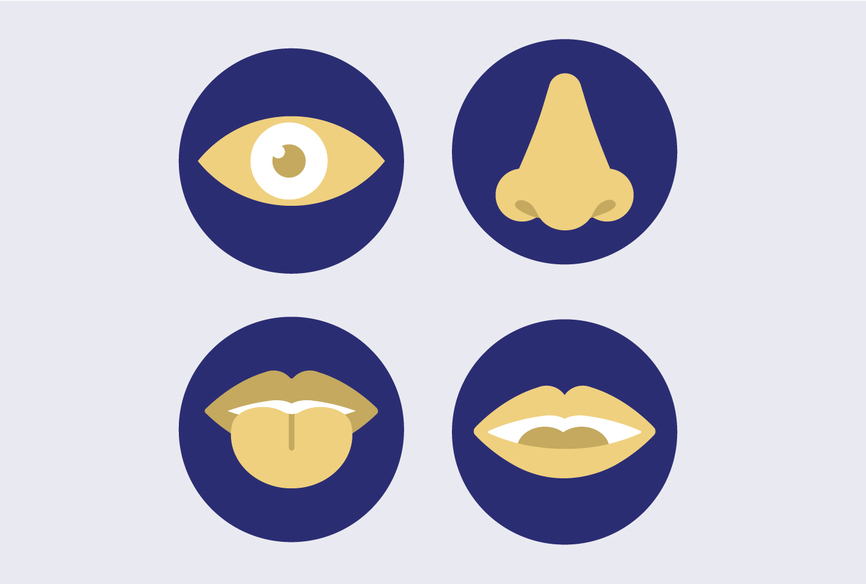Inspiration
.jpg)
3 Common Mistakes Food Companies Make when Developing New Products
Launching a new product is tough and can be a very expensive process. There are a number of different costs to consider, from product and packaging development costs to investment in new lines and capacity, commercial and marketing costs, which is why it’s so crucial to maximise your product’s chances of success.
Research has shown that three quarters of new product launches fail after only one year due to low sales. In this article, we’re going to look at three common mistakes companies make when developing and launching new food and drink products.
1. Underestimating the importance of TASTE
Several factors can affect the success of a new product (speed to market, packaging, pricing, promotion, claims, etc.). When it comes to the food industry, research has shown that taste is the main driver of product success or failure. Despite this, companies often spend most of their time thinking about concept, packaging, marketing campaigns and promotions, with less emphasis on product development and taste.
Current trends towards healthy and “free from” products, put a lot of focus on the development of products supporting various claims (organic, gluten-free, dairy-free, sugar-free, meat-free). Product taste and gustatory pleasure, so important for commercial success, are often overlooked.
2. Falling into the inventor’s bias trap
- In many companies, the team validating that a product’s taste is good enough to reach a launch decision is often the same team that was closely involved in its development.
- This validation is unreliable due to inventor’s bias, which is when an internal team may be too emotionally invested in the product and unable to evaluate it objectively. This may be due to a desire for the product to be a success, which clouds the internal employees’ judgement about whether it is actually good enough.
- Internal employees may also be affected by subject bias. This is when participants (either consciously or subconsciously) act in a way that they think will please the researcher. In the case of internal testing, it is very conceivable that employees may be affected by a similar bias in an effort to please the boss.
3. Failing to organise external taste validation
Many food and drink companies do not have their product’s taste validated by external panels. Most of the time, a launch decision relies on the company’s decision-maker’s opinion, at best influenced by some form of small scale internal or family validation.
Only seldom is the taste of a product evaluated by external consumer or expert panels providing objective, data-driven input on the quality of the products. However, it’s essential to do so for a couple of key reasons:
Reducing your risk
Research by leading data analytics company Nielsen has shown that products that are deemed “not ready” on product-driven dimensions but launch anyway have an >80% failure rate in-market. The difference between a strong and a weak product experience can result in sales difference of more than 30% in year one.
Although external product taste validation has a cost, it is significantly cheaper than that of a failed launch. If carried out during the development phase, it can also provide invaluable information that will help to optimise the product. By making sure the product tastes great, you can create a strong, positive product experience for consumers that will encourage them to keep on buying your product, leading to a high repeat purchase rate and ultimately to a successful product.
Convincing your stakeholders
Once a product is ready, the team often needs to convince multiple stakeholders that the product will be a success (this may include senior management, board, investors, retailers, distributors, etc.).
Having external validation that your product tastes great can help you demonstrate quality and reassure your stakeholders. External validation from a reputable agency is also much more reliable than internal testing, which is often subject to inventor’s bias and is difficult to quantify.
E-book: How to Launch Tasty Food & Drink Products
Interested to learn more: Download our full e-book.
Want to read more articles like this one?
We use cookies on this site to enhance your user experience
By Clicking any link on this page your are giving your consent for us to set cookies More info
.jpg?locale=en)
.jpg)
.jpg)
.jpg)
